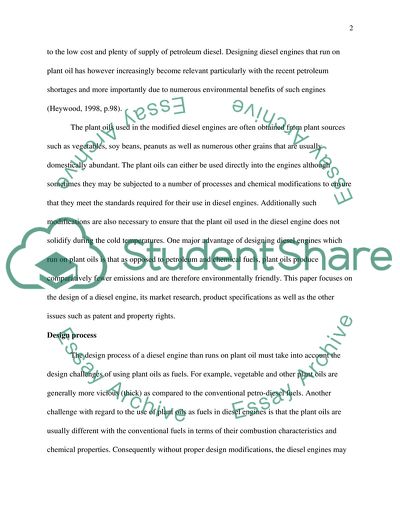Cite this document
(Diesel Engine Running on Plant Oil Research Paper, n.d.)
Diesel Engine Running on Plant Oil Research Paper. Retrieved from https://studentshare.org/marketing/1774497-run-the-diesel-engine-by-oil-plant
Diesel Engine Running on Plant Oil Research Paper. Retrieved from https://studentshare.org/marketing/1774497-run-the-diesel-engine-by-oil-plant
(Diesel Engine Running on Plant Oil Research Paper)
Diesel Engine Running on Plant Oil Research Paper. https://studentshare.org/marketing/1774497-run-the-diesel-engine-by-oil-plant.
Diesel Engine Running on Plant Oil Research Paper. https://studentshare.org/marketing/1774497-run-the-diesel-engine-by-oil-plant.
“Diesel Engine Running on Plant Oil Research Paper”, n.d. https://studentshare.org/marketing/1774497-run-the-diesel-engine-by-oil-plant.


